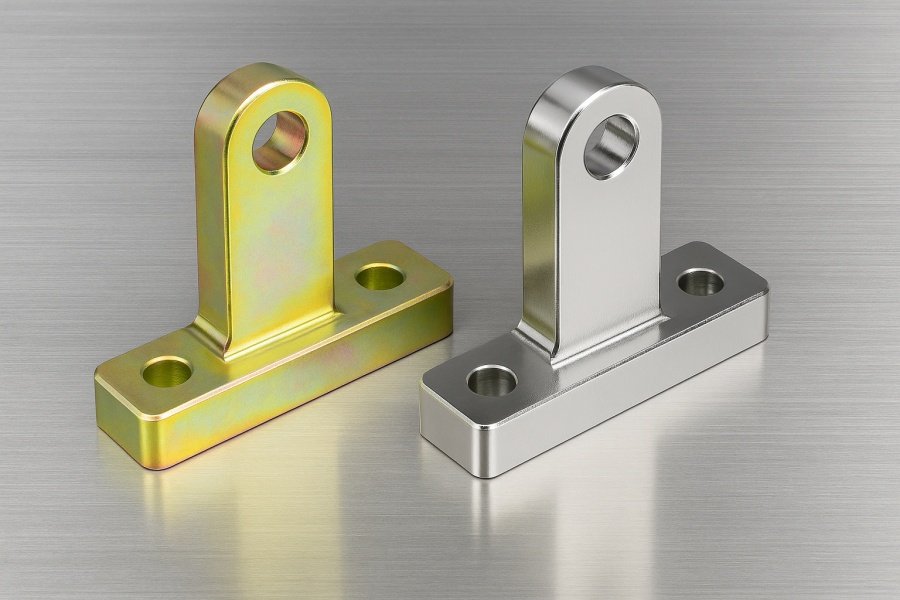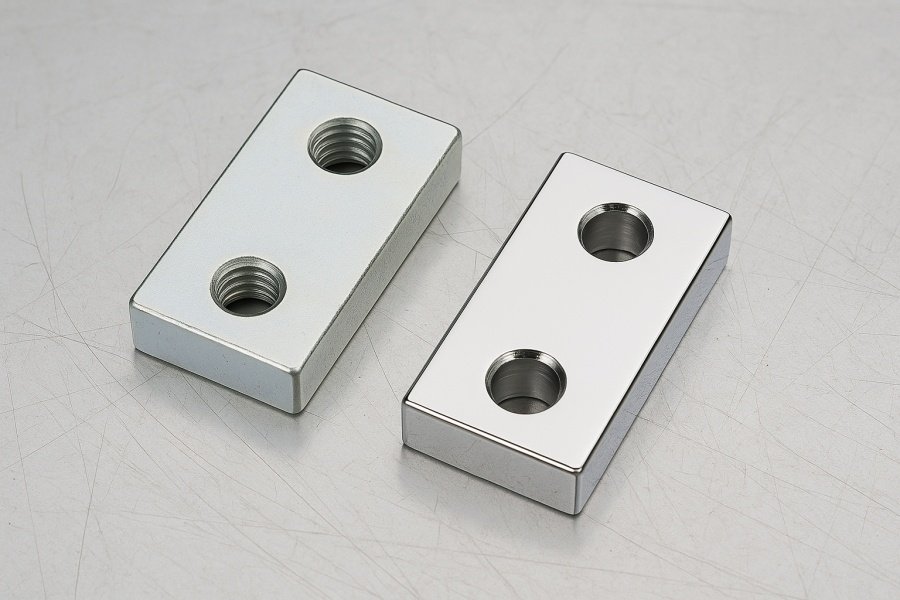When it comes to enhancing the durability and aesthetics of metal components, the world of electroplating offers a range of options that can transform a plain surface into something robust and eye-catching. Among the most debated choices are nickel chrome plating vs chrome plating, alongside comparisons like nickel plated vs chrome and nickel plated vs chrome plated. These processes, along with the intriguing nickel vs zinc plating metal matchup, each bring unique benefits to the table. Let’s break it down in a way that’s easy to digest, exploring how these techniques work, their pros and cons, and which might suit different needs.
Understanding the Basics of Electroplating
Electroplating is a process where a thin layer of metal is deposited onto a substrate using an electric current. It’s widely used across industries—from automotive parts to jewelry—to improve corrosion resistance, wear, and appearance. The debate around nickel chrome plating vs chrome plating often stems from their distinct approaches. Chrome plating involves applying a layer of chromium directly, known for its shiny finish and hardness. Nickel chrome plating, on the other hand, adds a nickel layer beneath the chromium, creating a hybrid coating that blends nickel’s toughness with chrome’s luster.
Meanwhile, nickel plated vs chrome comparisons focus on standalone applications. Nickel plating offers a slightly softer, more ductile finish, while chrome stands out for its mirror-like shine. Then there’s nickel plated vs chrome plated, which pits a single nickel layer against the dual-layer chrome-over-nickel setup. Lastly, nickel vs zinc plating metal dives into a different rivalry, with zinc providing a cost-effective, sacrificial coating and nickel delivering a more decorative, durable result.

Nickel Chrome Plating vs Chrome Plating: The Core Showdown
So, what sets nickel chrome plating vs chrome plating apart? Chrome plating is a go-to for parts needing a high-gloss, scratch-resistant surface—like motorcycle rims or car bumpers. Its downside? It can be prone to cracking under extreme stress due to its brittleness. Nickel chrome plating counters this by layering nickel first, which acts as a buffer. This combo boosts corrosion resistance and adds a subtle depth to the finish, making it ideal for items exposed to harsh weather or heavy use.
The nickel underlayer also helps mask imperfections in the base metal, giving a smoother result. However, this dual process can be more time-consuming and costly than straight chrome plating. If you’re working on a budget project with less demanding conditions, chrome alone might suffice. For high-end applications where longevity trumps cost, nickel chrome often wins out.
Nickel Plated vs Chrome: A One-on-One Battle
Shifting gears to nickel plated vs chrome, the choice hinges on the end goal. Nickel plating is prized for its ability to provide a uniform, slightly satin finish that resists rust effectively. It’s often used on industrial tools or fasteners where looks take a backseat to function. Chrome, with its dazzling reflectivity, is the star of decorative pieces—think vintage car trim or high-end fixtures.
One key difference is thickness. Nickel plating can be applied in thicker layers, offering better wear resistance over time, while chrome tends to be thinner but harder. If you’re dealing with parts that see constant friction, nickel might edge out. For a showroom-ready shine, chrome’s the clear favorite.
Nickel Plated vs Chrome Plated: Dual Layers vs Single Coat
The nickel plated vs chrome plated debate gets interesting when you consider the layered approach. Chrome plated parts, with their nickel base, benefit from a two-step defense system. The nickel layer absorbs shocks and corrosion, while the chrome topcoat adds that iconic gleam and hardness. This makes it a top pick for outdoor equipment or automotive components that need to look good while surviving the elements.
A standalone nickel plate, while versatile, lacks the extra hardness chrome brings. It’s less likely to chip or peel under pressure, but it won’t match the visual pop of a chrome finish. The trade-off here is between practicality and aesthetics—choose based on whether the part’s job is to perform or to impress.
Nickel vs Zinc Plating Metal: Budget vs Durability
Now, let’s explore nickel vs zinc plating metal. Zinc plating is a champion of affordability, often used as a sacrificial coating to protect steel from rust. It’s common in construction hardware or low-cost automotive parts, where it corrodes before the base metal does. Nickel plating, however, steps up the game with a more robust, decorative finish that’s harder and more resistant to wear.
Zinc shines in humid environments due to its galvanic protection, but it doesn’t hold up as well under abrasion or decorative scrutiny. Nickel, with its smoother, more polished look, is better suited for parts that need both style and substance—like hinges or decorative fittings. The choice here often boils down to cost versus long-term performance.

Practical Applications and Considerations
Each plating method finds its niche depending on the project. For instance, nickel chrome plating vs chrome plating might decide the fate of a motorcycle exhaust—nickel chrome for durability in salty coastal rides, chrome for a sleek showroom look. Nickel plated vs chrome could influence tool handles, with nickel winning for grip and chrome for display. In nickel plated vs chrome plated scenarios, dual-layered parts might grace a luxury car’s grille, while nickel vs zinc plating metal might split duties between a budget gate latch (zinc) and a premium lockset (nickel).
When selecting a process, consider the environment, budget, and desired finish. Testing a small batch can reveal how each coating holds up under real-world conditions, ensuring the best match for the job.
Making the Right Choice for Your Project
Deciding between nickel chrome plating vs chrome plating, nickel plated vs chrome, nickel plated vs chrome plated, or nickel vs zinc plating metal doesn’t have to be overwhelming. It’s about aligning the coating with the part’s purpose. For heavy-duty, weather-resistant needs, nickel chrome or nickel alone might be the way to go. For budget-friendly rust protection, zinc could be the answer. And for that head-turning shine, chrome—solo or layered—takes the crown.
The beauty of electroplating lies in its flexibility. Whether you’re restoring a classic vehicle or crafting industrial gear, understanding these options opens up a world of possibilities. Take the time to weigh the pros and cons, and you’ll land on a finish that not only looks great but lasts.
Interested in more surface finishing technologies? Read our related article: Surface Finishing Technologies for CNC Parts – Enhancing Performance Across Industries.
